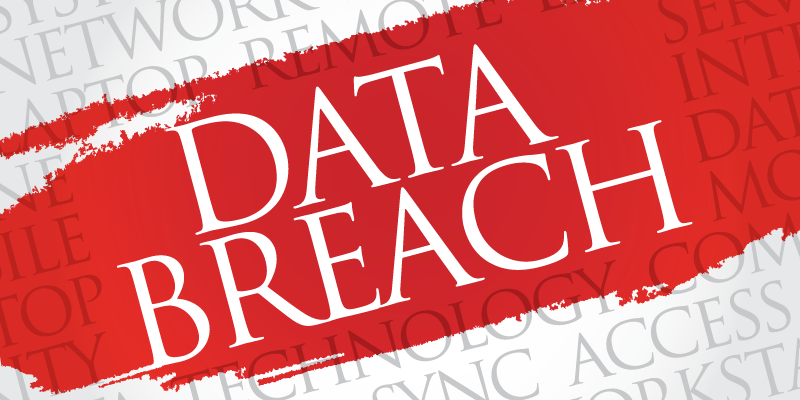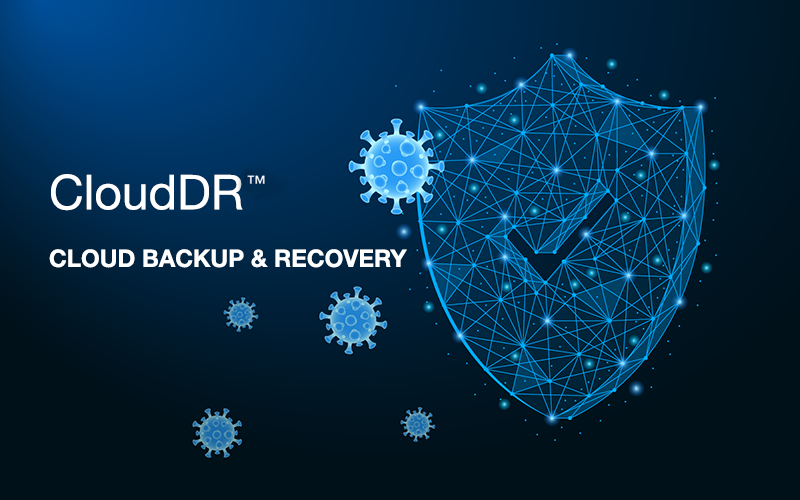Blog

4 Cybersecurity Essentials for the 2025 Remote Workplace
The global COVID-19 pandemic has largely changed the way we work. From cloud and hybrid cloud to on-premises environments, the ...

Ensuring Business Continuity and Disaster Recovery + Why Understanding Technology Matters
Downtime and data loss can be catastrophic. With natural disasters, human error, and cyber threats constantly looming, having a ...

The Top 5 IT Pain Points + How to Address Them with Managed Services
No matter where your business is in your digital transformation, your IT infrastructure is essential business infrastructure. You ...

3 Cloud Security Tactics Your Business Must Have for 2025
Three factors played a major role in more than 60% of data breaches last year, according to the 2020 Verizon Data Breach ...

Protecting Anaheim Businesses with Advanced Enterprise Security
Anaheim businesses face a growing number of security threats. From cyberattacks to data breaches, enterprise security is no ...

Maximize Your ROI with Managed IT Services in Orange County
Technology is at the core of success in today's business world. For companies in Orange County, the challenges of managing IT ...

How is AI Impacting Cybersecurity Risks?
Can you leverage AI and properly secure against it?

Tech Troubles? Outsourcing IT Is Your Answer
Are tech troubles disrupting your business at the worst possible moments? Whether it’s network outages, slow systems, ...

Upgrade Your Experience with Managed IT Services in Orange County
Are you a business owner in Orange County looking to stay ahead of the curve? If so, investing in Managed IT Services (MSP) could ...

Are You Playing Catch-Up with Your IT?
As businesses navigate the complexities of today’s market, forward-thinking CEOs and leaders are actively involving IT ...

5 Cloud-computing Benefits Now and Post COVID-19
If COVID-19 has taught us anything, it’s that organizations can no longer ignore how technology is fundamentally changing core ...

4 Ways Cloud Backup and Recovery Can Optimize Your Business
With the rise of COVID-19 changing the way we work and depend on our IT infrastructures, cybersecurity is another critical ...